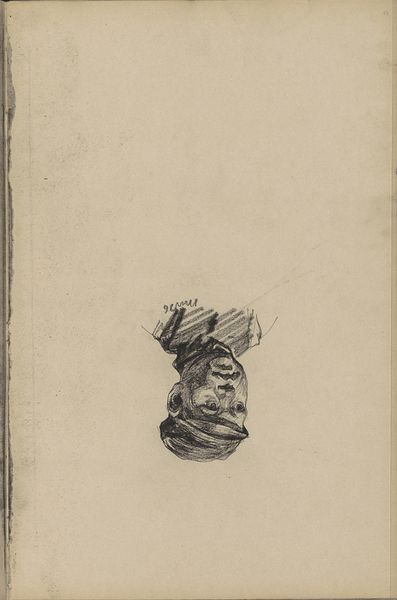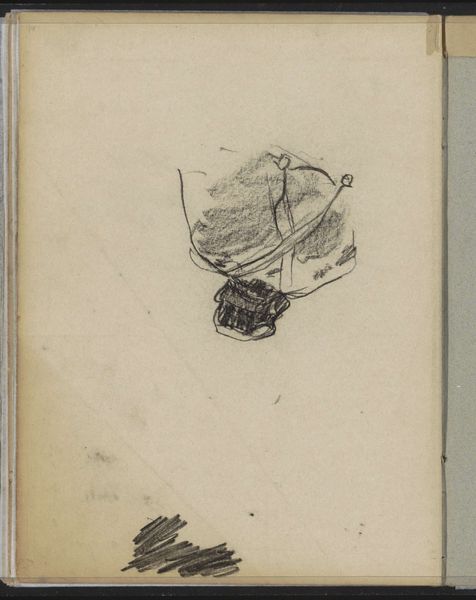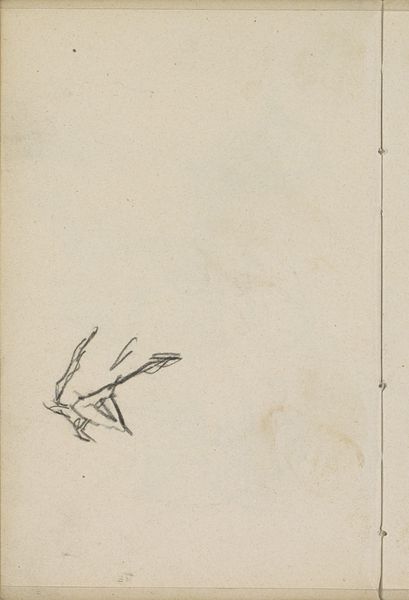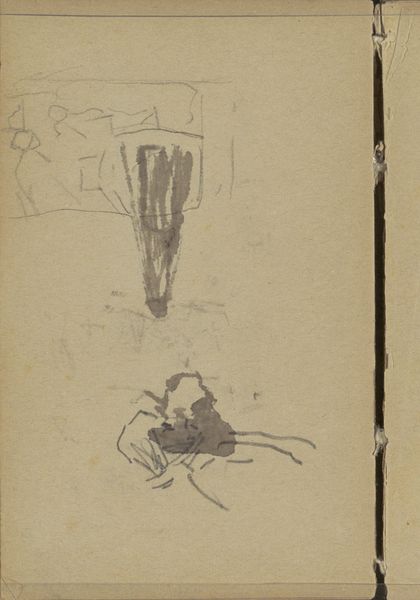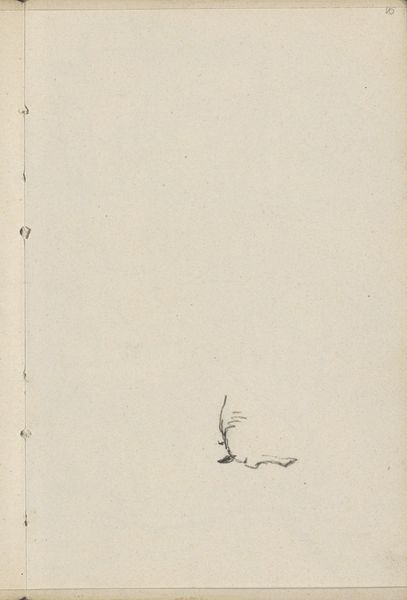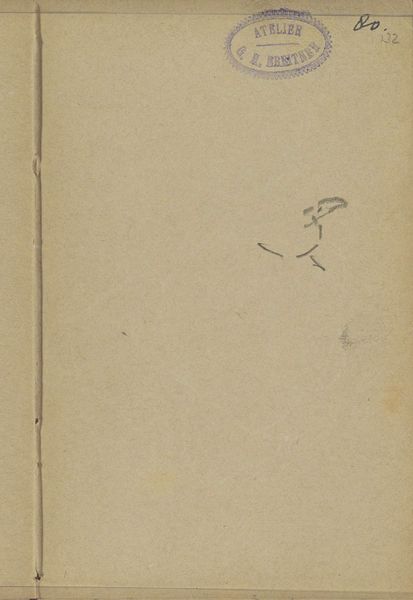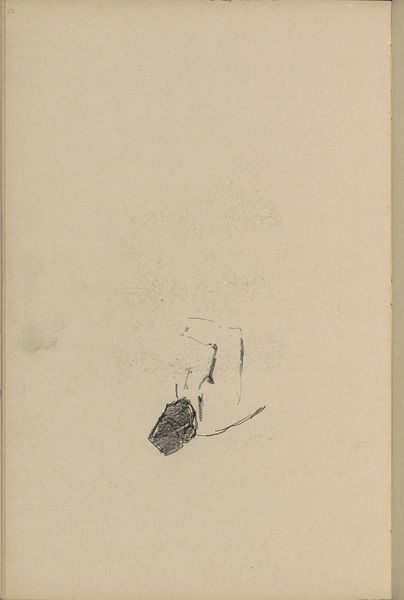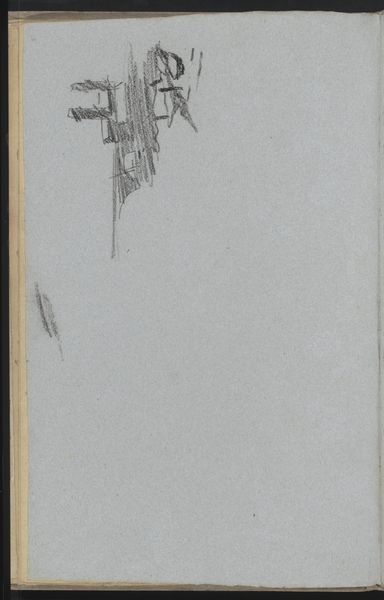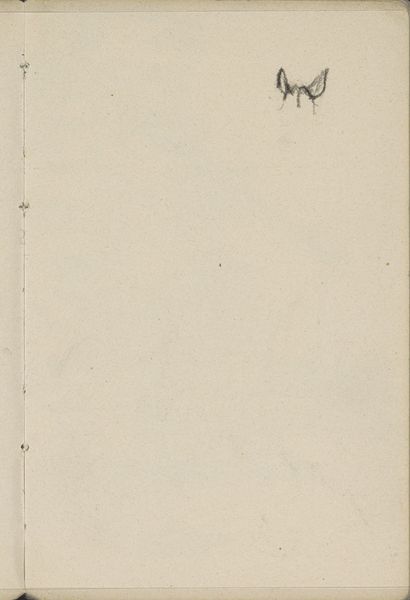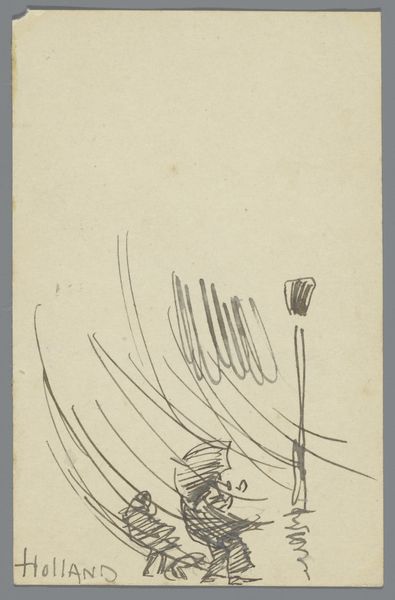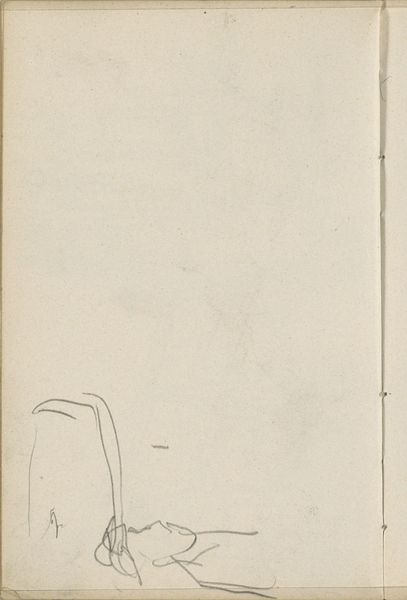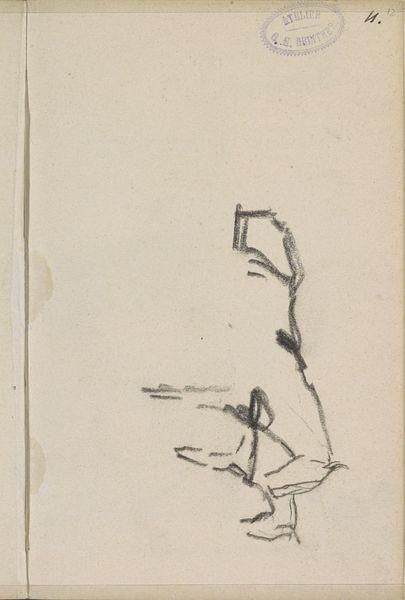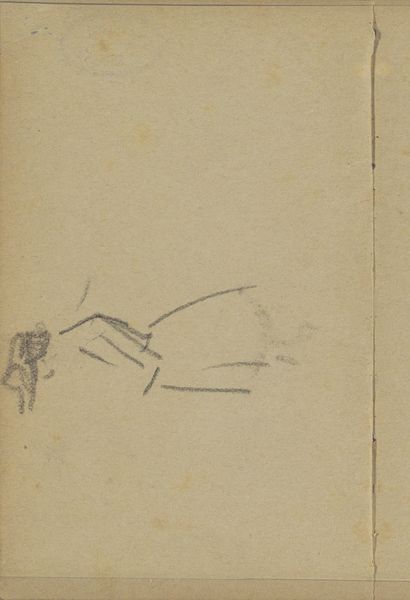
drawing, paper, pencil, graphite
#
portrait
#
drawing
#
dutch-golden-age
#
impressionism
#
paper
#
pencil
#
graphite
Copyright: Rijks Museum: Open Domain
Editor: This drawing, “Studies,” by George Hendrik Breitner, dating from 1887 to 1891, is deceptively simple. The stark graphite lines on paper give it an almost unfinished feel, yet there's something compelling about its raw quality. What's your take on it? Curator: Considering this work through a materialist lens, the cheapness of the paper and graphite is quite striking. These were readily available materials, implicating the easy creation of artworks on paper, which suggests a culture that’s perhaps more concerned with churning out art at scale. Is this just artistic development, or is there something to be said about the economic incentives for quick creation of paper-based studies at the time? Editor: So, the rapid creation speaks to a demand, almost like a factory producing components? Curator: Precisely. Breitner's studies weren't destined for gallery walls in this form. They were functional. He even stamped them with his Atelier mark. What does that suggest about their function as almost raw material for his bigger artworks, their relationship to commerce and distribution, and ultimately to artistic labor? Think about the status of "drawing" at this period, relative to painting. Editor: I see... They're not precious objects, but tools of production. The mark further industrializes the status of it as source material. This helps rethink his entire artistic practice in the larger economy of image production. Curator: Exactly! By examining the physical properties and the means of production, we uncover the relationships that connect Breitner to the broader social and economic context of his time. Editor: Fascinating. I'll never look at a "simple" drawing the same way again. I was initially inclined to just discuss aesthetics, and this perspective opened my eyes to an art historical paradigm based on process. Curator: Absolutely. It makes it more complex but so much richer.
Comments
No comments
Be the first to comment and join the conversation on the ultimate creative platform.
